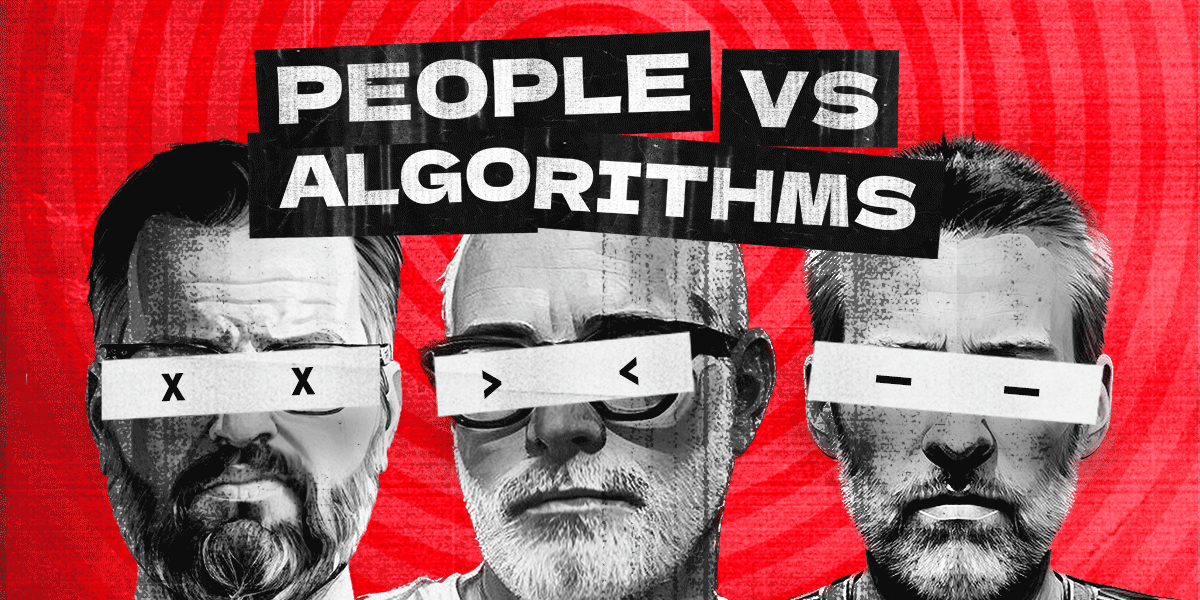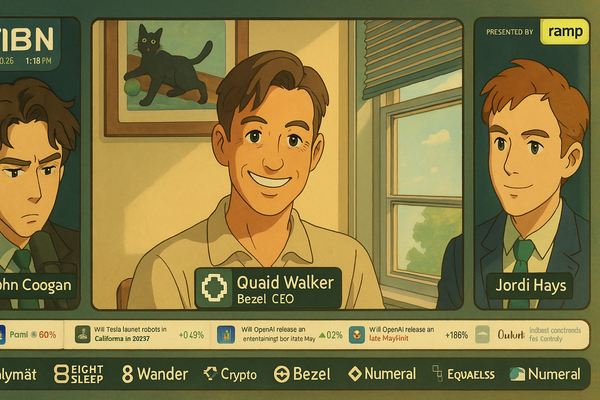Time is time
Recalbrating for a zero marginal-cost world

This is the last newsletter of the summer. I’ll be taking next week off. Hope you get to take some time off somewhere nice. After I hit send on this, I am heading off to find out if Naples does have the world's best pizza. I still think the best pizza I ever ate was in Tokyo. Send me any pizza recommendations by hitting reply.
Time is time
There are viral clips going around of Donald Trump’s podcast interview with Theo Von, a mulleted podcaster I never knew existed before this week. Von had a legitimately hilarious back and forth with Trump over the upsides and downsides of cocaine, with Trump appearing legitimately interested in Von asserting coke “will turn you into a damn owl, homie.”
The extended segment is more telling. Trump actually has a very human moment discussing the addiction struggles of his brother, and how that led him to never drink, do drugs or smoke. He even admitted that his personality might even lead him to be susceptible to addiction. As incredible as it sounds, Trump was self-reflective.
This kind of interview would have been utterly bizarre one or two cycles ago. It is entirely expected now. The reality is the Von interview was more informative than most Trump interviews with professional journalists. It was another piece of evidence that packaged media is losing ground in the Information Space to armies of individuals.
The Information Space is crowded, and while it isn’t a zero-sum game, attention is attention. The influence of Theo Von and dozens like him comes at the expense of packaged news media.
“From a user perspective, time is time,” Stratechery writer Ben Thompson said on a podcast with David Perell. “I am competing on an equal plane with the largest media companies in the world.”
The unfair advantages of packaged media in an analog world – the means of creation and distribution are expensive with printing presses and delivery trucks – give way to the free-for-all of the Information Space, where someone like Thompson can build a lucrative business and have more influence over the tech industry than most packaged news brands.
“I’m working in a zero-margin cost business,” he said. “For me to send an email to a hundred people is the same as a thousand people, or 10,000 or 100,000.”
That exerts pressure on legacy models to reset their cost bases. I applaud the Crooked Media union for nabbing a $80,000 minimum salary and 49 days of PTO, but unionization is not an escape from this compression. Time's union did not prevent its second round of layoffs this year. Condé's union didn't prevent layoffs or a new deal with OpenAI.
That is why lean operations are so much better positioned for the turbulence of the media world. The external pressures namechecked by most media executives – search and social traffic; ad spending going to performance and retail media; a slowing economy – are exacerbated by armies of individuals eating away at a shrinking pie.
The knock on a lot of independent media operations is they can’t do the kind of substantive reporting work well-staffed newsrooms can do. And that is fair, although not always true. Eric Newcomer’s coverage of the murky details of Bolt founder Ryan Breslow’s apparent return as CEO were evidence that in spots, these slimmed down operations can hold their own against far larger news operations.
The biggest challenge for individual operators is consistency. Thompson’s rare in being able to produce multiple times a week for over a decade. That requires hacks, as his propensity for quoting himself shows. As I was once told, larger organizations cover up for our inefficiencies.

Rebaking the cookie
Google’s cookie deprecation decision is a temporary relief, and the industry continues to seek out alternative solutions. “Rebaking the Cookie: A Guide to Privacy-Safe Online Video Advertising" is a new ebook by EX.CO that includes strategies you can put into place today as well as advice from industry leaders.
Time’s up

This week’s cuts at Time of 22 positions across a variety of departments – its second round of cuts of the year – speak to the compression in the Information Space.
A legacy brand like Time faces an array of familiar challenges: billionaire owners usually grow tired of losing money; offices with a view of Bryant Park don’t hit like they used to hit; having a lot of print revenue to support is still an albatross; events businesses are sensible strategies but difficult to meaningfully scale; media-adjacent revenue streams like production studios aren’t as lucrative as they were during the streaming wars; the easy-money days of affiliate content have ended; and deals with AI companies aren’t going to fill the gap of lost revenue from lower traffic.
That means narrowing to key categories, as Time is doing around AI, climate and health. The lens of “leadership” is gauzy enough to lend itself to honorifics and franchises like Kid of the Year that reliably produce viral cover photos. That's not enough for Time to return to sustainable growth.
As CEO Jess Sibley put it in her memo, the company needs to recalibrate its expense base for the realities of the market. For many legacy brands, the math just doesn’t work.
On this week’s episode of People vs Algorithms, Troy Young and I discuss Time’s travails, and the difficult task of figuring out how much money to spend on the journalism in a model like Time’s, where much of the revenue is generated indirectly, often from the staying power of the Time brand. We also discuss the vibe shift to normal and relatable; why this is a TikTok election; Polymarket as a fascinating media entity in the making; and what makes a good vacation.
Listen on Apple | Spotify | other podcast platforms
Enjoy the last bit of summer.




